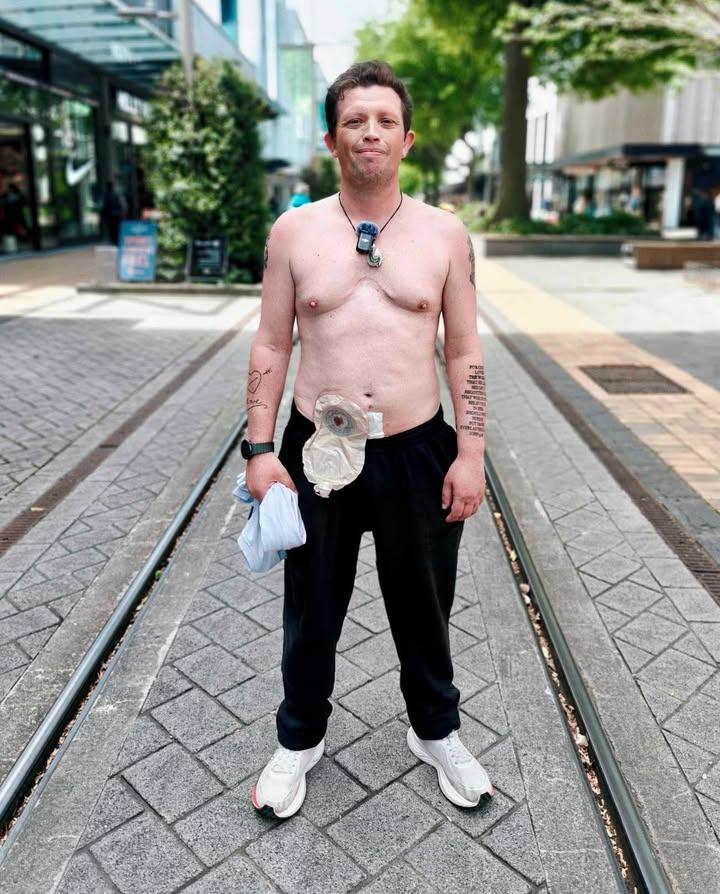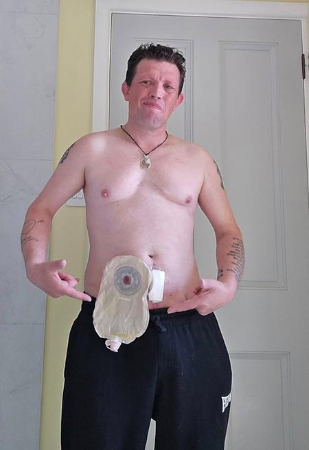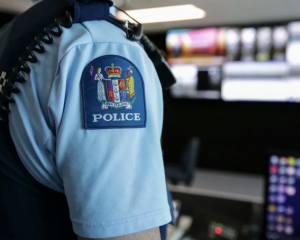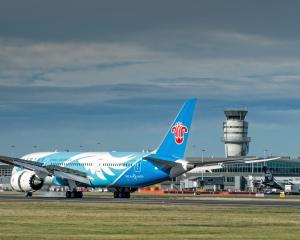
The 38-year-old father had his bladder removed to end years of terrible pain and restore a sense of normalcy to his daily life. But the surgery left him struggling with his self-esteem after a stoma (an opening through his stomach) was created to connect his intestine to a bag.
“You look into the mirror and just feel like, ‘what is that on me?’ It’s disgusting. It’s gross. I was just thinking, ‘how can I live like this?’.”
Keen took a big step toward feeling better in his own skin when he walked shirtless along the Cashel St tram tracks for a documentary about his health journey.
“I want to show people with stomas that you shouldn’t be ashamed of who you are.
“Don’t be ashamed just because you’ve got a bag attached to you.”
The documentary was directed by Richard Lewis of Christchurch-based Yeah’Nah Content and will be available on their Facebook page in coming weeks.
Usually, Keen works as a part-time cameraman on documentaries about people with unique stories, but this time he was the subject.
Noonan syndrome is a genetic disorder which causes a range of challenges from learning difficulties, a protruding chest, and later contributing to bladder failure.
The condition occurs in about 1 in 1000-2500 births with more common presentations including unusual facial features, short height, and heart problems.
While filming on Cashel St, most people passed by without comment, though Keen noticed a few stares.
“I had my head up high and just walked straight through,” he said.
“I was scared, because I didn’t know what the reaction might be, but when I did it, it actually felt so good.”
Keen hopes he can spread a message of awareness and positivity for people living with stomas as his self confidence continues to grow.
He has since launched a Facebook page called Bladder Warrior to raise awareness and give support to others living with a stoma or Noonan syndrome.
“We’re amazing people, and you know, we shouldn’t have to feel like we’re going to be discriminated in any way, shape or form.”
Before his surgery on September 12, Keen had tried countless medications without relief and eventually had to quit his job as a kitchen hand at the Novotel Hotel.
“Nothing was helping with my bladder. Things were getting worse, deteriorating. I was in a constant pain wave. It was almost like someone ripping razor blades out of you 24/7, and then you have bladder spasms on top of that.”

A father of two young adult daughters, he said his health struggles have made parenting difficult.
“They’ve said they are really proud of where I’m at now on my journey.”
Keen, like some with Noonan syndrome, was also born with pectus carinatum – a protruding chest – which made him self-conscious growing up.
“You’d go swimming with school, take your top off and the next minute people are going on about how you’ve got boobs.
“I got to a point where I would put on a t-shirt. It threw the self confidence down and made making friends very hard.”
Chest pain worsened in his teen years at Hornby High School and in his early 20s.
“Even just going for a very slight run, I’d have like this sort of stabbing kind of chest pain constantly. So it just got to the point where I couldn’t run, I couldn’t do much physical activity.”
In his mid-20s, Keen became the first person in New Zealand to undergo a chest reconstruction of its kind.
It was impossible to get the type of surgery in New Zealand, so he got in touch with an American surgeon online.
However, the cost of the surgery and travelling to America was unfeasible.

“I went there, and the doctor turned around and goes, ‘all right, you take your top off. What we want to do is we want to cut across here, down there’.”
Keen was confused until the doctor revealed he was the same American surgeon he had spoken to online.
“He goes, ‘it’s actually really nice to meet you’. He and his family came from America to New Zealand just to do this surgery. I was absolutely blown away.”
When he woke from surgery and saw his reconstructed chest, Keen burst into tears.
“All I could say was, ‘I’m a real boy,’ and it was just absolutely mind blowing.”
Now recovering from his latest operation, Keen hopes to return to work soon and continue using social media to connect and support people with stomas and share his experiences.
“Everything I’m doing now, it’s all based on education and supporting those who either have a stoma or an invisible disability.”












